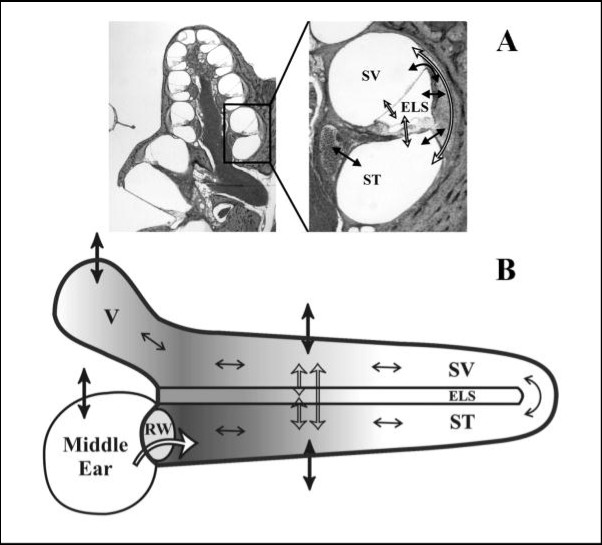Auricular administration is the process of delivering medication to the body through the ear. It entails either administering medication topically to the ear's surface or injecting it directly into the ear's tissues.
Numerous ear-related disorders, such as infections, inflammation, and pain, can be treated with auricular administration. It can also be used to treat ailments like nausea or anxiety that affect other body areas.
The effectiveness and safety of auricular administration can be improved by using nanoparticles. Nanoparticles, for instance, can be utilized to encapsulate medications, shield them from deterioration, boost their bioavailability, and distribute them specifically to target regions. For auricular administration, a number of nano-delivery systems have been created, including nanoemulsions, nanogels, and nanoliposomes.
Auricular administration with nano-delivery products has been used in a number of clinical cases, according to reports. For instance, a study described the creation of an auricular formulation of the anti-inflammatory medication dexamethasone based on nanoemulsion technology. According to the study, using a nanoemulsion may be a potential strategy for treating ear inflammation because it enhanced drug absorption and retention in the ear.
The fact that auricular administration is a non-invasive drug delivery approach is one of its main benefits. Auricular administration does not involve skin piercing, unlike injections or other invasive procedures. For many people, this makes it a more cozy and practical choice.
 Figure 1. Principles of substance distribution in the inner ear. (Salt AN, et al.; 2009)
Figure 1. Principles of substance distribution in the inner ear. (Salt AN, et al.; 2009)
Auricular administration also has the benefit of being a targeted delivery strategy. Medication can be administered particularly to the tissues and structures of the ear by administering it directly to it. This is particularly beneficial for treating ear-related disorders including inflammation or infections.
It can be challenging to administer precisely, which is one of the main drawbacks of auricular administration. Applying medication to the wrong part of the complicated and small ear might be damaging or useless. For healthcare practitioners, this might make auricular administration a difficult drug delivery strategy.
Auricular administration has the additional drawback of not being appropriate for all medications. Some medicines might not be effectively absorbed via the ear skin or might break down too quickly. The variety of conditions that can be treated with auricular administration may be constrained as a result.
Biological barriers that can impair drug absorption and effectiveness are present during auricular delivery. Drugs may have trouble penetrating the comparatively thick skin of the ear, especially if they include big or hydrophilic compounds. Cerumen (earwax), which coats the ear canal, can also prevent drugs from being absorbed. In addition, the blood arteries in the ear are relatively few, which may restrict how far medications are distributed throughout the body.
In auricular administration, nanoparticles can take on a number of significant roles. They can give tailored distribution to particular tissues and enhance medication solubility, stability, and bioavailability. Nanoparticles can also be utilized to regulate drug release and enhance the safety and effectiveness of medications.
CD Bioparticles is specialized in the development of drug delivery systems and customizing nanoparticles for drug delivery utilizing our core technologies. With our high-quality products and services, the efficacy of your drug delivery can be tremendously improved.
We offer custom synthesis of polymer microspheres and nanoparticles. Clients may select the material type, particle size, size distribution, color dye, fluorescent dye, and/or surface functional groups such as carboxyl or amine groups. We also encapsulate proteins, steroids, ligands, nucleic acids, and other drug molecules. Additionally, the surface coating of microspheres or nanoparticles with ligands, oligonucleotides, and other agents are available for clients to choose.
References
1. Download the template.
2. Enter product information on the template (maximum number of products: 200).
3. Load the file using selector below.
1. Download the template.
2. Enter product information on the template (maximum number of products: 200).
3. Load the file using selector below.